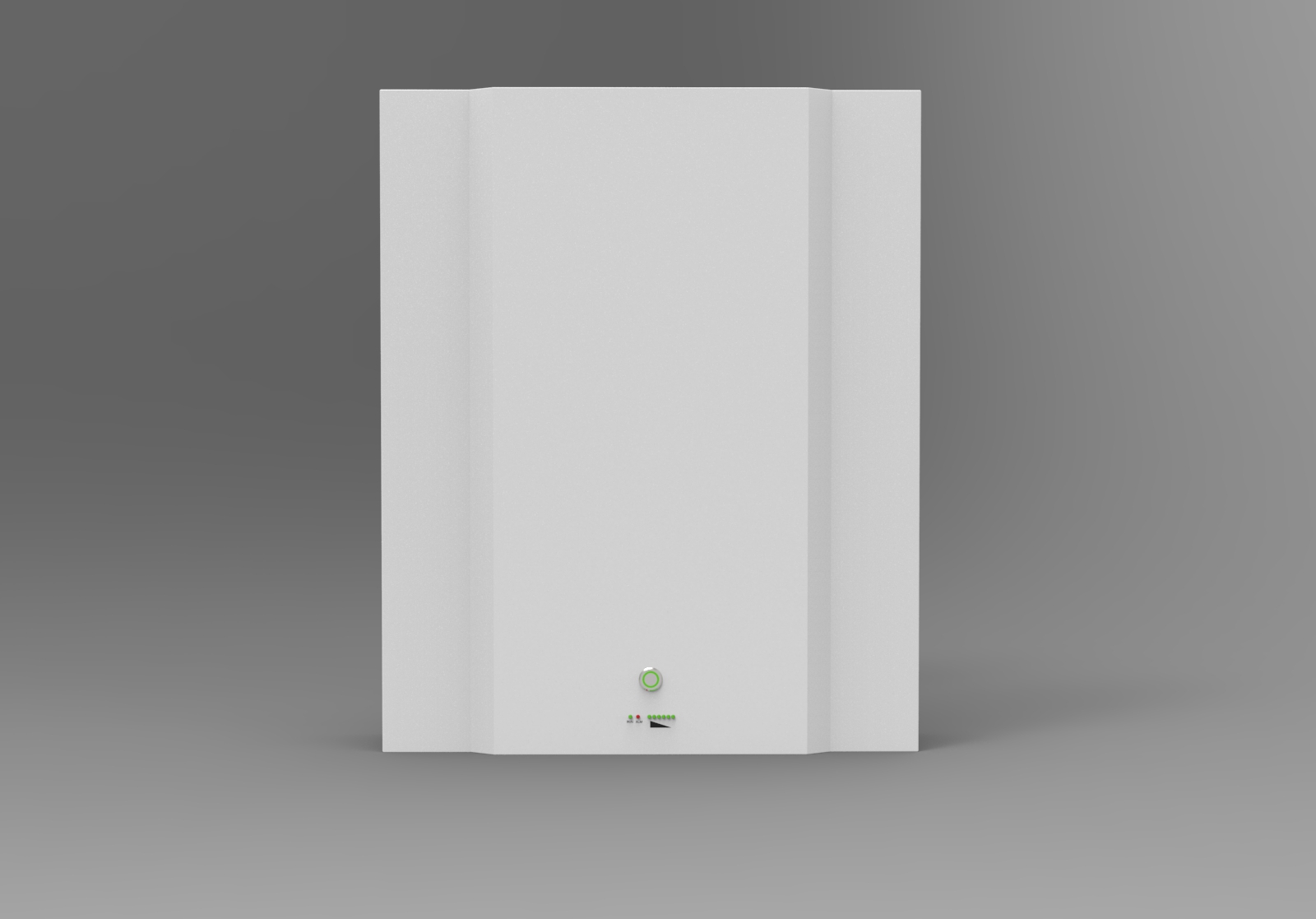Lifepo4-batterijdiepte van ontlading: beste bruikbare capaciteit om de levensduur van de batterij te maximaliseren
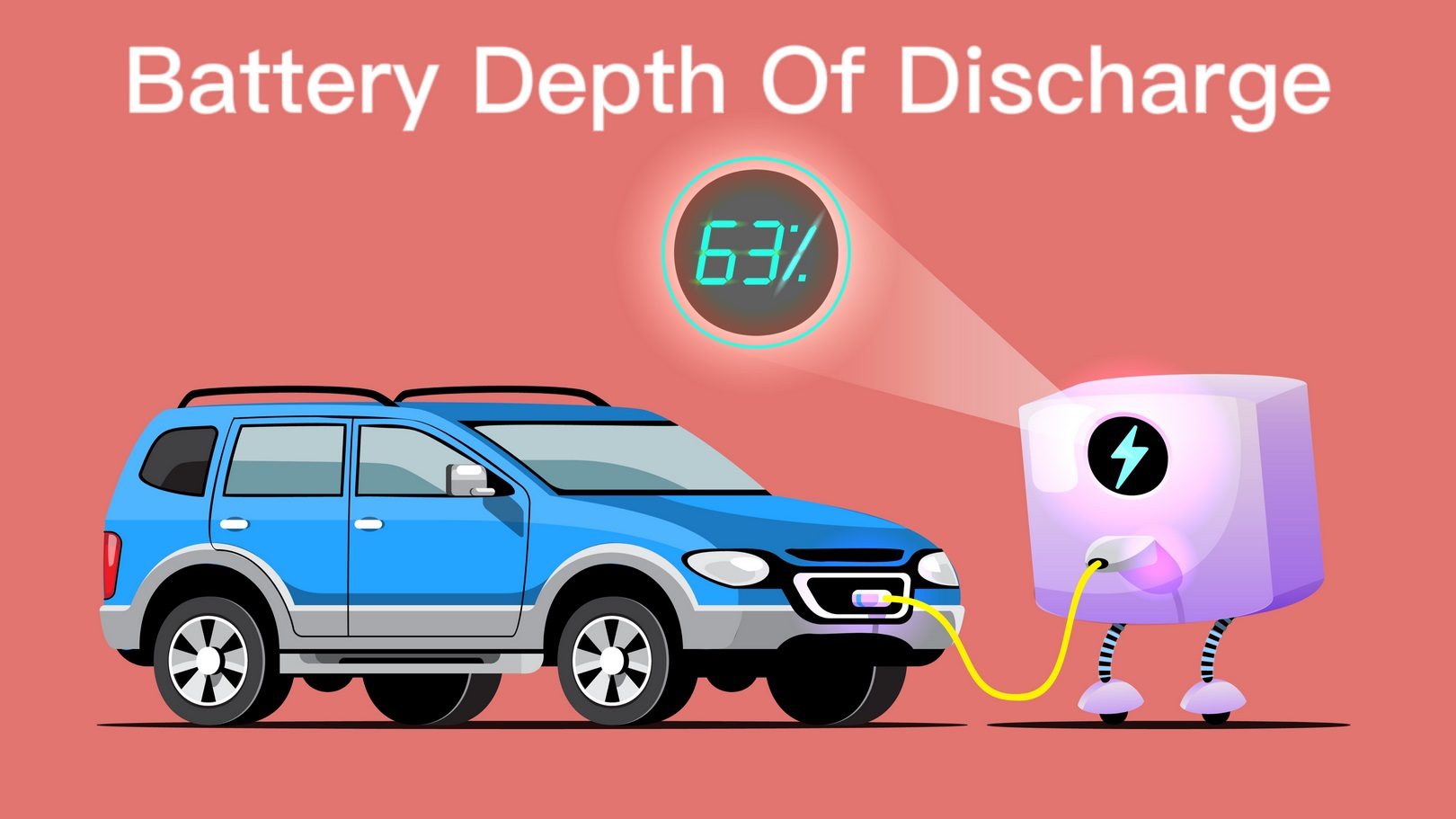
The LiFePO4 battery, or lithium iron phosphate battery, is a rechargeable energy storage device that has become increasingly popular due to its high level of safety and low cost. In this article, we will explore the concept of Lifepo4 Battery Depth of Discharge (DOD) for LiFePO4 batteries in order to gain an understanding of their limitations and performance capabilities. DOD describes how deeply a battery can be discharged before it loses its capacity and reaches end-of-life.
By looking at DOD levels for different types of LiFePO4 batteries, users are able to determine which type best meets their needs while minimizing the risk associated with charging cycles. Doing so allows them to make informed decisions regarding their purchase and use of these batteries, providing greater control over their technology investments.
Ultimately, careful consideration of the depth of discharge can help maximize the life expectancy and performance capabilities of any given LiFePO4 battery system. This article provides an overview of what DOD means as well as tips on how best to utilize it when selecting LiFePO4 batteries for various applications.
What Is The Lifepo4 Battery Depth Of Discharge?
The depth of discharge (DOD) refers to the amount of electricity drawn from a fully charged battery before it needs to be recharged. It is expressed as a percentage, with 100% DOD representing full depletion and 0% DOD representing no depletion.
When calculating DOD for LiFePO4 batteries, the recommended threshold should never exceed 80%. This allows for optimal performance while ensuring that the cells remain healthy and safe from harm.
For example, if a LiFePO4 battery starts at 90% capacity and ends up at 20%, then the DOD would be 70%. This means that the user was able to draw out 70% worth of electrical power from the same battery without causing any damage.
What Is Battery SOC?
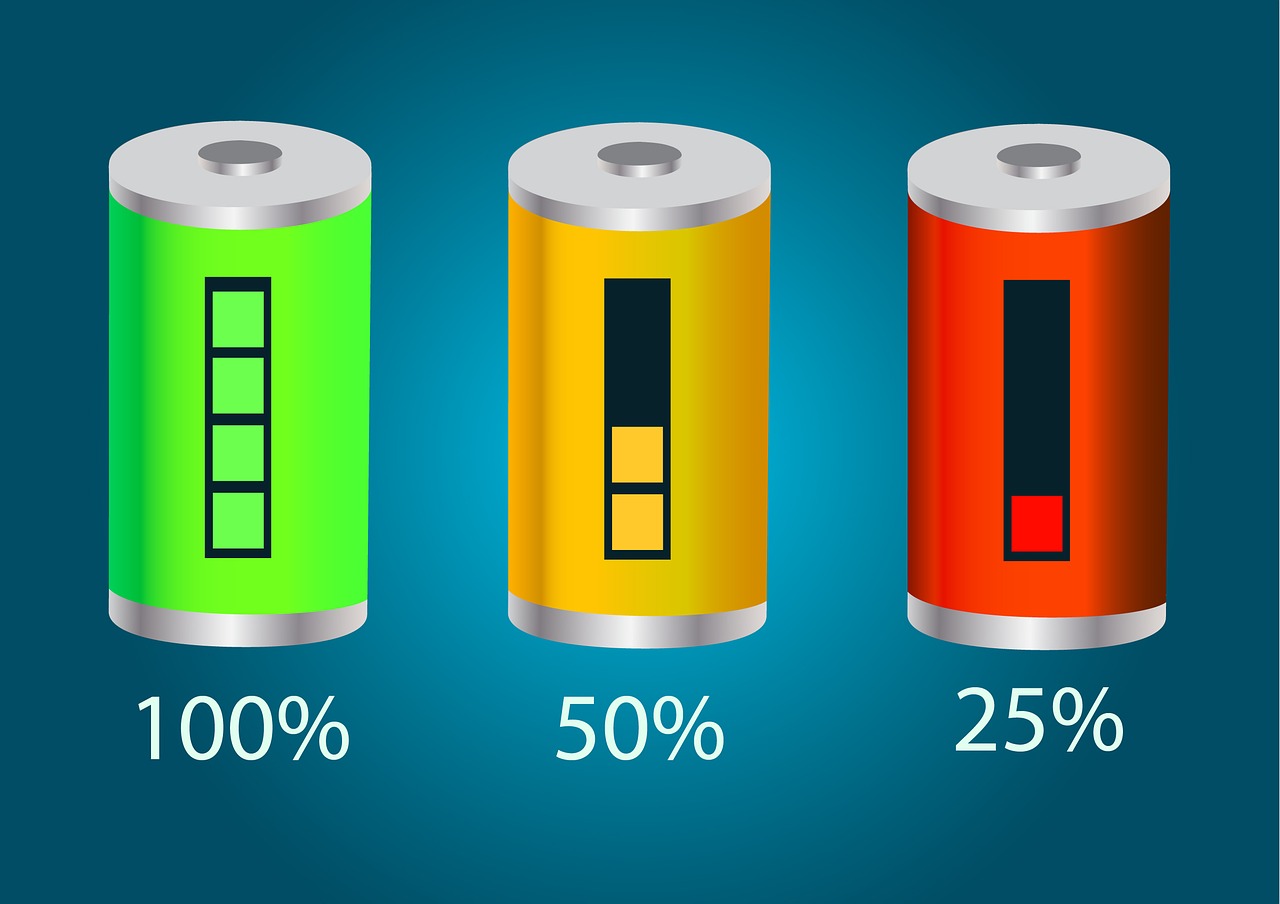
Battery State-of-Charge (SOC) is a measure of how much energy has been stored in the battery. It gives an indication of how full or empty a battery is and can be expressed as a percentage from 0% to 100%.
A lithium iron phosphate (LiFeP04) battery, for instance, typically has an initial SOC of 80%-90%, depending on its age and usage.
Difference Between DOD And SOC
The Difference Between Depth of Discharge (DOD) and State-of-Charge (SOC) are two distinct concepts that relate to the amount of energy a lifepo4 battery has stored.
- DOD measures the total amount of charge/discharge cycles that have been completed by the battery.
- SOC gives an indication of how full or empty the cell is in relation to its maximum storage capacity.
It's important to note that DOD doesn't necessarily mean reduced performance, as long as it stays within the manufacturer's recommended limits.
On the contrary, over-discharge can cause severe damage and shorten the life expectancy of the lifepo4 battery, for example, high discharge depth can cause internal resistance to increase, heat generation, and even thermal runaway, which can cause irreversible damage to the battery.
Therefore, LiFePO4 batteries must be carefully monitored during their life cycle to avoid serious problems caused by over-discharging.
Recommended DOD For Lifepo4 Batteries
Most manufacturers recommend keeping the depth of discharge between 40-60% for optimum performance. Staying within this range allows the battery to deliver maximum power output while minimizing stress on the battery, reducing the number of cycles over the life of the battery.
In addition, maintaining a low level of discharge prevents irreversible damage due to deep cycling, which can lead to reduced capacity or even total failure of the battery.
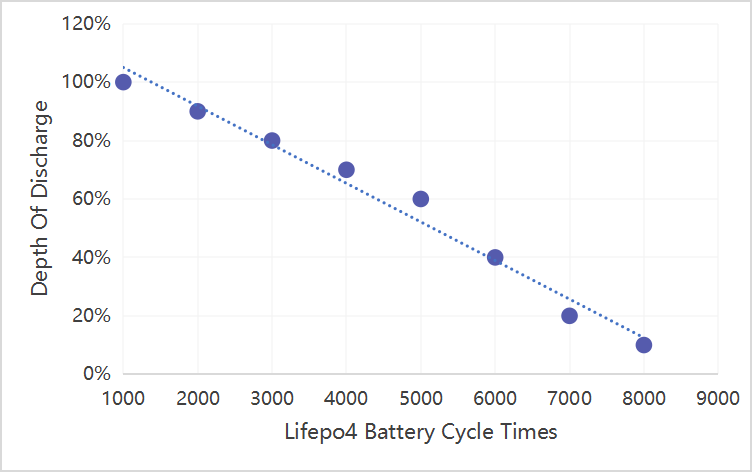
It can be seen from the above figure that the optimal discharge depth of the lifepo4 battery can be between 40% - 80%. At this time, the battery life will not be excessively damaged due to excessive discharge.
When it is lower than 20%, although the number of cycles is still increasing, some LiFePO4 batteries can experience a "memory effect" - where the capacity gradually decreases until reaching zero without any warning signs indicating such degradation.
It is important to note that while lower levels of discharge may seem more efficient, they also require more frequent recharging as well as regular maintenance checks.
Therefore, striking an appropriate balance between longevity and practicality must be taken into account when selecting a suitable depth of discharge for one's particular application.
Charge And Discharge Rate Of Lifepo4 Battery
The charge and discharge rate of a LiFePO4 battery is an important factor to consider when selecting the best battery type for a particular application. The charging current should be limited according to the manufacturer's instructions, as exceeding this limit can lead to permanent damage or reduce the life span of the battery. Similarly, discharging beyond the recommended depth of discharge will also shorten its lifetime.
It is essential that users understand all factors related to the proper use and maintenance of these batteries in order to maximize their lifespan and performance. For instance, it is important to avoid overcharging which can cause dangerous overheating or even fire hazards.
Additionally, frequent deep discharges must be avoided because they degrade capacity quickly due to increased internal resistance caused by sulfation buildup on electrodes. Proper balancing and equalization techniques should be adopted regularly so that each cell remains at optimal voltage levels throughout its cycle. Furthermore, operating within temperature limits specified by manufacturers ensures reliability and safety during usage.
Factors Affecting The DOD Of Lifepo4 Batteries
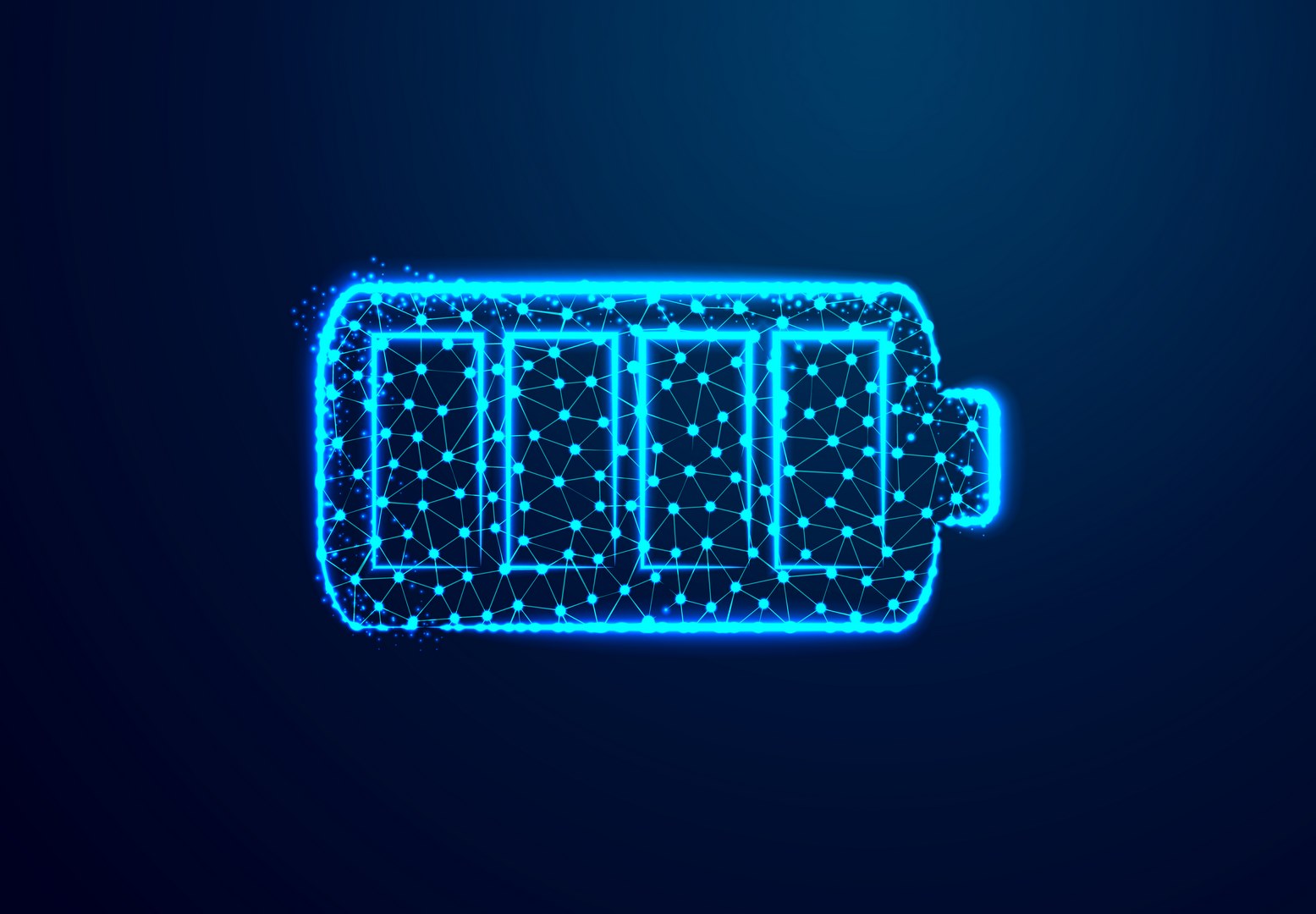
The depth of discharge (DOD) is an important consideration in the lifespan and performance of a lithium iron phosphate battery. It can be affected by several external and internal factors, such as temperature, age, charge rate, calendar life, thermal management system, and number of cycles.
- Temperature - A major role in DOD because it affects both the charging process and the ion transport within the battery. High temperatures reduce battery capacity while low temperatures increase it.
- The age of a lifepo4 battery - Also influences its DOD level since older batteries tend to have higher self-discharge rates due to chemical degradation over time.
- Charge rate - Has a significant influence on DOD with faster charges leading to shorter cycle times but more stress on the cells which may result in reduced capacity over time.
- Calendar life - refers to how long a battery will last when not used or charged; this should also be taken into account when considering DOD levels for lifepo4 batteries.
- Effective thermal management system - Helps protect against extreme temperatures that could cause damage to the cells and affect their longevity negatively.
- Cycles times - Reducing the number of charge/discharge cycles can help extend the life expectancy of your lifepo4 battery.
All these factors need to be considered together in order to achieve optimal results from your lifepo4 battery’s performance.
Benefits Of Lower Depth Of Discharge

When it comes to batteries, managing the depth of discharge is key. Lithium-ion and lead-acid-based cells such as lifepo4 are no exception. In fact, reducing the depth of discharge can have numerous advantages for battery life and performance.
Firstly, by lowering the amount of energy extracted from a given cell at any one time, its lifespan increases significantly due to reduced stress on the internal components. This translates into more charge cycles before needing replacement or refurbishment which in turn reduces operational costs over the long run.
Furthermore, with less demand placed on individual cells within an array, this also helps maintain a better balance between all elements leading to improved overall system reliability.
In addition to increasing durability, lower depths of discharge generally lead to higher voltage outputs as well as faster charging speeds; both ideal properties when used in high-power applications such as electric vehicles and solar storage solutions.
Ultimately these benefits result in greater efficiency and cost savings that far outweigh any potential drawbacks associated with limiting discharge rates.
How Do I Monitor The State Of Charge And Health Of The Battery?
Monitoring the state of charge and health of a LiFePO4 battery is essential to ensure that it is working optimally. The most effective way to do this is to use electronic monitoring systems, such as Battery Management Systems (BMS). BMS provides real-time data on the condition of the battery, allowing users to keep track of its performance over time.
| Feature | Benefit |
|---|---|
| Real-time data collection | Monitor the current state of battery charge accurately |
| Historical data tracking | Track changes in cell voltage or temperature over time when charging/discharging cycles are repeated regularly |
| Over-discharge protection | Prevents damage due to discharging below safe levels by cutting off power delivery if the voltage drops too low or temperature rises too high during operation |
The information gathered from these systems can be used to optimize overall system performance and extend the lifetime of your batteries. Additionally, using a BMS also prevents unnecessary damage caused by overcharge or deep discharge which can occur when there is no monitoring system in place.
By understanding how much energy is being used and ensuring that proper maintenance procedures are followed, you can maximize your investment in LiFePO4 batteries and make sure they last for many years to come.
Charging Method Of Lifepo4 Battery
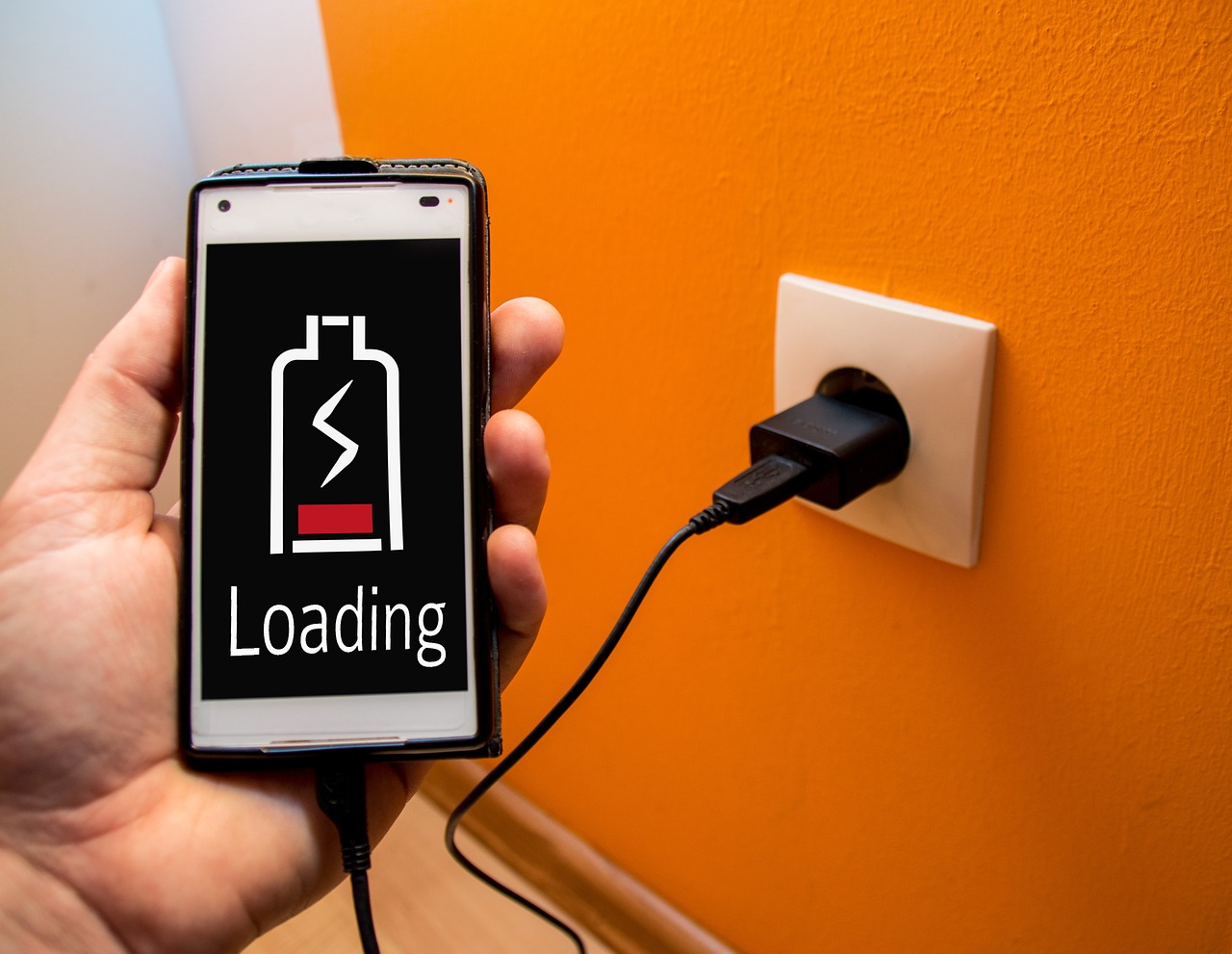
Like a jolt of electricity, the charging method for a lifepo4 battery is one full of potential. The process of regulating its current and voltage offers many benefits to users as they strive to get the most out of their devices. Through this system, you can ensure that your battery reaches its optimal performance level in order to provide power when it is needed most.
To charge a lifepo4 battery, first, determine the desired state-of-charge (SOC) for the cell. Then set an appropriate constant current or constant voltage rate depending on how quickly you want to recharge the unit. Afterward, monitor the progress until it has reached its target SOC percentage. Finally, observe if there are any signs of overcharging or undercharging before ending the procedure altogether. Taking these steps will help maximize your battery's life while keeping it safe during operation.
Discharge Characteristics Of Lifepo4 Battery
Lithium Iron Phosphate (LiFePO4) batteries have an advantage over other battery chemistries due to their high depth of discharge (DOD). This means that LiFePO4 cells can be discharged down to a lower voltage than any other type of rechargeable cell before they are considered dead. The DOD is particularly important for electric vehicle applications, as it allows the user to extract more power from the same capacity pack.
The following table summarizes the approximate DOD values for different types of lithium-based cells:
| Cell Type | Max Discharge Voltage | Typical DOD |
|---|---|---|
| LiFePO4 | 2.2V | 80%-90% |
| 18650 Lithium Ion | 3.0V | 10%-20% |
| 26700 Lithium Ion | 4.2V | 5%-10% |
This makes LiFePO4 much better suited for long-life cycle applications such as solar energy storage or electric vehicles, where deep discharges and frequent charge cycles will occur on a regular basis. In comparison, other lithium-ion chemistries typically require very shallow discharges in order to get maximum lifetime performance out of the cells.
For these reasons, LiFePO4 has become increasingly popular among those looking for reliable and efficient energy storage solutions with low maintenance costs and long lifespans. It is no wonder then that this technology continues to gain popularity each year, as its advantages become even more apparent when compared with other types of batteries.
What Is The Effect Of Different Discharge Depths On The Cycle Life Of Lifepo4 Batteries?

The discharge characteristics of lifepo4 batteries affect the cycle life of these cells. The depth of discharge (DOD) is an important factor that influences the number of cycles a cell can provide before it reaches the end of life. It represents how deeply or frequently a battery discharges its energy storage capacity; higher depths result in fewer cycles, and vice versa.
There are three key aspects to consider when assessing the effect of different DODs on a lifepo4 battery's cycle life:
- High DODs reduce cycle life by reducing the available charge for a given reaction inside the cell, which leads to reduced performance and early failure.
- Moderate DODs may provide greater cycle life than high DODs because they don’t completely deplete all available charges during each cycle.
- Low DODs allow for maximum utilization of available charge and therefore extend cycle life significantly compared to other levels of DOD.
It is important to note that maintaining lower depths over time while preserving the necessary power requirements will optimize overall system performance and reliability. This means that selecting an appropriate level of depth for each application should be done with careful consideration as it greatly affects both cost efficiency and sustainability over time.
How Deep Can Lifepo4 Batteries Be Discharged?
The depth of discharge for LiFePO4 batteries is determined by the application, making it a crucial consideration when selecting the right battery technology. Far-reaching factors such as charging and discharging rate, temperature control, and cycle life are all affected by how deeply a LiFePO4 battery can be discharged. Fundamentally, these types of lithium batteries usually have optimal performance when operating between 20% to 80%.
Operating at or near full capacity (100%) means shortening charge/discharge cycles drastically which in turn reduces the lifespan of the cells. On the other hand, rarely taking them beyond 50% may reduce their ability to store energy due to passivation effects. As such, striking a balance between shallow and deep cycling will ensure reliable long-term performance from your LiFePO4 batteries.
Can Lifepo4 Discharge Below the Freezing Point?

The question of whether or not LiFePO4 batteries can discharge below the freezing point is an important one to answer in order to understand their capabilities. Research has shown that LiFePO4 cells are capable of discharging at temperatures as low as -20°C with no significant loss in capacity. By contrast, other types of lithium-ion battery chemistry such as Lithium Cobalt Oxide (LCO) and Nickel Manganese Cobalt (NMC) suffer from a marked decrease in performance when exposed to sub-zero temperatures.
Despite this ability to withstand cold temperatures, it should be noted that the rate of charge acceptance will be significantly reduced for LiFePO4 batteries when operating at low temperatures. This means that while these cells may technically remain operational at extremely low temperatures, they are best suited for use only in moderate climates where the ambient air temperature remains above 5°C.
How To Wake Up A Discharged Lithium Battery?
Waking up a discharged lithium battery is possible with the right steps. It requires patience and safety precautions, as it can be dangerous if not handled properly.
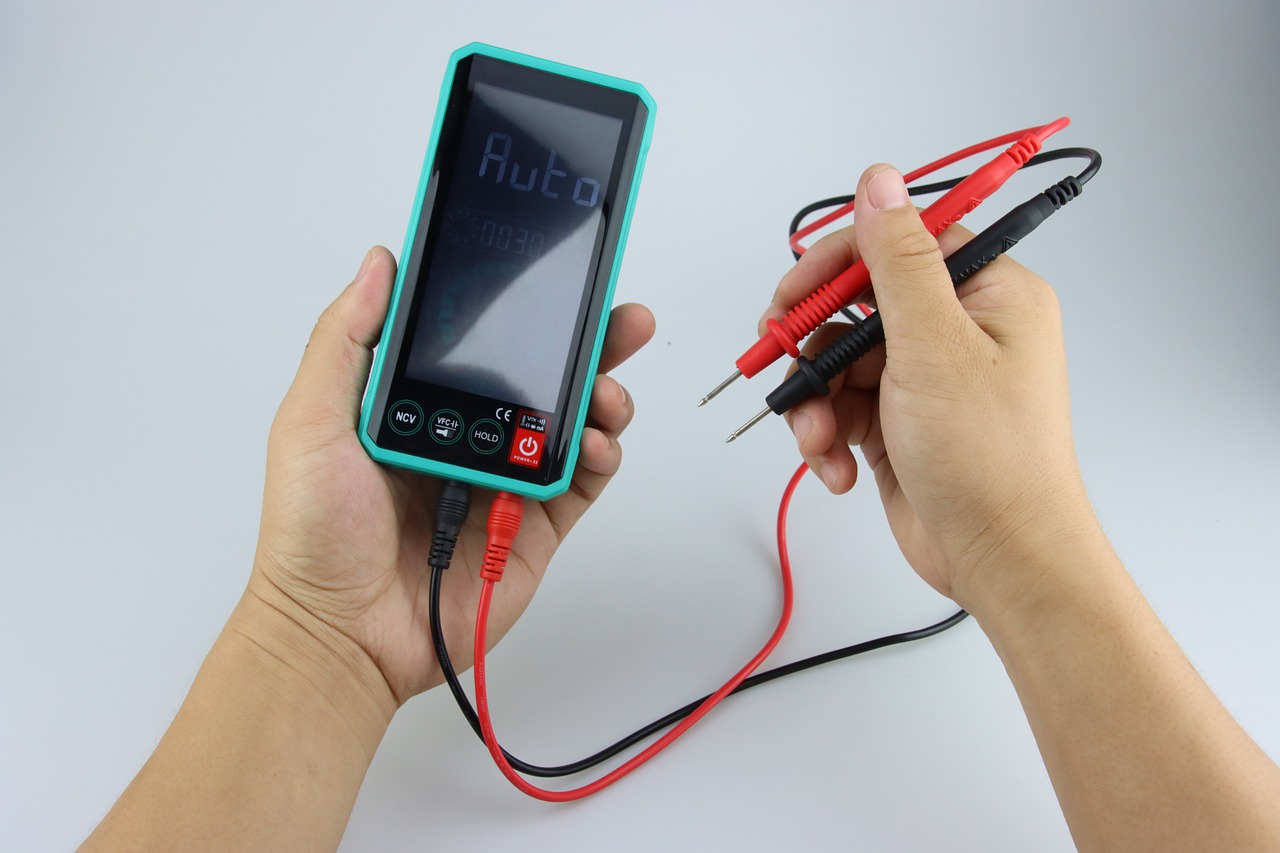
To begin, charge the battery at 0.2C for 24 hours or until the voltage reaches 3.5V per cell. This will help jumpstart the cells and bring them back into balance.
After this initial charging period, continue to charge at 0.1C until full capacity has been restored or the manufacturer’s recommended end-of-charge voltage is reached—whichever comes first. During this process of waking up a discharged lithium battery, pay attention to any signs that indicate an issue such as extreme heat generation or abnormal swelling, which could indicate malfunctioning components and should be addressed immediately.
The next step in waking up a discharged lithium battery is conditioning or cycling it several times before use. Conditioning helps ensure optimal performance by allowing users to detect weak cells early on and replace them if needed before they cause further damage to other components of the battery system.
For most consumer applications requiring periodic discharge cycles (e.g., electric vehicles), three complete cycles are sufficient for conditioning purposes; deeper discharges may require more cycles depending on how deeply drained the batteries were initially when found “dead " upon arrival from storage or transport. Carefully monitoring charge/discharge curves during each cycle can provide valuable insights into cell health status and remaining useful life and allow users to make better decisions regarding future replacement strategies if necessary.
Looking for High-Performance Lifepo4 Battery Manufacturer
Experience the future of energy storage with HARVEYPOW lifepo4 battery pack. Powered by CATL, the world's leading battery brand, our batteries redefine excellence, delivering unmatched quality and performance.
No more compromises. With an impressive cycle life of up to 8000 times, our batteries provide enduring power that surpasses all expectations. Say goodbye to frequent replacements and enjoy a reliable energy solution that stands the test of time.
Versatility meets compatibility. Our lifepo4 battery pack seamlessly integrates with over 30 inverter brands, ensuring seamless operation and maximizing efficiency. No matter your setup, HARVEYPOW batteries are ready to power your world.
Expand your power. Connect up to 15 sets of lifepo4 battery packs in series and amplify your energy capacity like never before. From residential to commercial applications, unleash the potential of your energy storage system with ease.
Rest easy with our 12-Year Warranty. We stand behind the quality and durability of our batteries, providing you with long-lasting performance and peace of mind.
Choose HARVEYPOW and embark on a journey of limitless power. Elevate your energy experience and embrace the future of energy storage. Power up your life with HARVEYPOW lifepo4 batteries today!
Conclusion
The depth of discharge (DOD) is an important parameter to consider when using lithium iron phosphate (LiFePO4) batteries. DOD can have a significant impact on the battery’s cycle life and its ability to perform effectively in different temperatures. It is important to understand how DOD relates to the state of charge (SOC), as well as the recommended maximum discharging depths for LiFePO4 batteries, their charging and discharging rates, and possible effects of deep-cycling them below the freezing point.
By understanding these concepts associated with DOD, users are able to select the best type of LiFePO4 battery for their application needs while also prolonging its lifespan by avoiding excessive discharging or overloading it beyond its manufacturer’s specifications. Furthermore, if LiFePO4 batteries do become deeply discharged due to misuse or extended storage periods, they can be ‘woken up again through proper recharging techniques.
In conclusion, taking into consideration the various aspects related to DOD is essential in order to make use of LiFePO4 batteries safely and efficiently. With knowledge about SOC vs. DOD, appropriate operation guidelines, and careful handling practices users are able properly to care for their LiFePO4 batteries and maximize performance levels while extending their lifespans over time.
